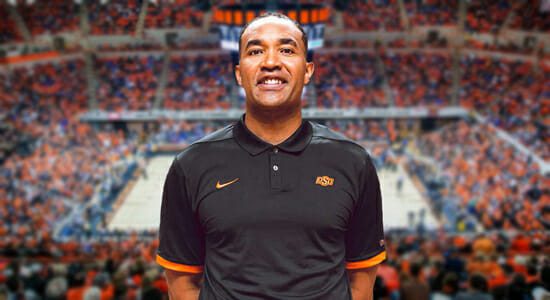
Pro Field Hockey Player Maddie Secco On Managing Sport-Life Balance As A Student-Athlete
Maddie Secco | Professional Athlete | Field Hockey Canada



At Stanford, I juggled a rigorous academic course load, varsity field hockey and National Team commitments. I often had to fly to other countries for international tournaments and miss multiple weeks of school.
Maddie Secco
Professional Athlete
Field Hockey Canada
Tell us about how you got into field hockey and your journey to becoming a professional athlete.
When I was six years old, my mom registered me for a beginner’s field hockey team.
I absolutely hated it and sat down in the middle of the pitch, crying.
Following this experience, I directed all of my time and effort into soccer. My dad actually played soccer for Canada, so he was certainly an inspiration. Around the same time, Kara Lang became the youngest woman (at fifteen) to represent our country, so she served as my female role model.
Later, I revisited field hockey.
I was offered the opportunity to represent my province, before climbing the ranks to the National Team. After earning my first cap for Canada (at age sixteen), field hockey became my ultimate passion.
From there, my career took off – I was honoured to accept a scholarship to Stanford University, where I played for four years as a Cardinal, simultaneously balancing the demands of the National Team.
Following graduation, I moved to Europe for three years to play professionally, while I continued to pursue my Olympic dream with Team Canada.
In hindsight, I’m so thankful that my first experience with field hockey didn’t deter me from the sport forever!


You’ve been representing Canada as an athlete since 2011. During those years, you also attended Stanford University where you played varsity field hockey and after that, you attended Queens University. How did you balance school and sport at such a high level?
Indeed, there’s been a lot on my plate throughout my athletic career!
At Stanford, I juggled a rigorous academic course load, varsity field hockey and National Team commitments.
I often had to fly to other countries for international tournaments and miss multiple weeks of school.
Thankfully, the skills I developed as an athlete – motivation, drive, and communication – helped me handle such demands.
The university staff at both Stanford and Queen’s were quite flexible and often willing to help student-athletes, so their support was also integral to my success!
Ultimately, I would consider myself a life-long learner and someone who likes to be busy, so studying at institutions like Stanford and Queen’s, while challenging, was extremely rewarding!


You spent some time playing professional field hockey in Germany and Belgium, where you also coached youth teams. Do you see yourself coaching again in the future? Additionally, how did those experiences level-up your game?
In Belgium and Germany, I spent a great deal of time developing youth players. I was humbled to give back to the next generation, teaching them new skills, mentoring them, and watching them improve.
In the future, I will likely volunteer as a coach where I can, but I do not envision it as my full-time job.
The playing experiences I had in Germany and Belgium were imperative to my individual growth. I was introduced to new structures and a faster pace, which challenged me and made me better. I was also pushed by my teammates at practice and in the gym.
Overall, I would highly recommend going overseas to anyone looking to “level-up” their field hockey game!


What level of intensity does it take to be at the level you are today. What does the grind look like for you?
To be a National athlete, you have to devote your life to the sport.
For our Canadian Field Hockey Team, that meant moving across the world to Belgium for two years so that we could play against the best competition, benefit from world-class coaches and train relentlessly together. We gave up the comfort of our homes and seeing friends and family, to pursue the Olympic dream.
A typical week would include two, 2-hour practices a day and at least one game on weekends. On top of that, we spent hours lifting weights in the gym, in meetings discussing tactics and mental performance and travelling to other countries for matches. It’s full-on!
That being said, it’s incredibly rewarding to continually improve and to share successes with teammates (who have become my best friends).


What advice do you have for student-athletes trying to figure out how to balance school, sports and life?
When I was juggling academics and sports, I found the thing that helped me get the most out of life and out of each endeavour was to complete assignments early and to focus on being present.
Without stressful last-minute cramming, my mind was freed up to enjoy whatever I was doing at the moment.
I could perform at practice or engage in conversation at social gatherings without the constant stress of school deadlines.
So my advice: be organized and proactive so that you can live life to the fullest!


Maddie Secco has been playing for Field Hockey Canada for over 9 years. She’s a passionate player that hasn’t allowed herself to get off balance. Maddie has had to juggle being a Standford and Queens student-athlete, while also competing in her sport at the highest level. One thing that really stuck out to me, is that Maddie never stops looking for ways to improve her game and learn. To any student-athlete that feels overwhelmed with having to balance your education, sport, and social life, look to athletes like Maddie…it’s possible and you can do it!
The Latest







